I have a 64*64px image of a tree:
I wanted to resize this image for a full screen mode during runtime. I have tried to write some code for this (see below). After executing this program
import pygame, sys
pygame.init()
info = pygame.display.Info()
WINDOWHEIGHT = info.current_h
WINDOWWIDTH = info.current_w
DISPLAYSURF = pygame.display.set_mode((WINDOWWIDTH,WINDOWHEIGHT),pygame.FULLSCREEN)
spriteImage = pygame.image.load('Sprite-0003.png')
spriteSurf = pygame.Surface((WINDOWWIDTH,WINDOWHEIGHT))
pygame.transform.scale(spriteImage, (WINDOWWIDTH,WINDOWHEIGHT), spriteSurf)
def close():
pygame.quit()
sys.exit()
while True:
for event in pygame.event.get():
if event.type == pygame.QUIT:
close()
if event.type == pygame.KEYDOWN:
if event.key == pygame.K_ESCAPE:
close()
DISPLAYSURF.blit(spriteSurf, (0,0))
pygame.display.update()
I get this result image. Compare their colors:
At what point did my program decide to change the color of the two images? And how do I fix it?

